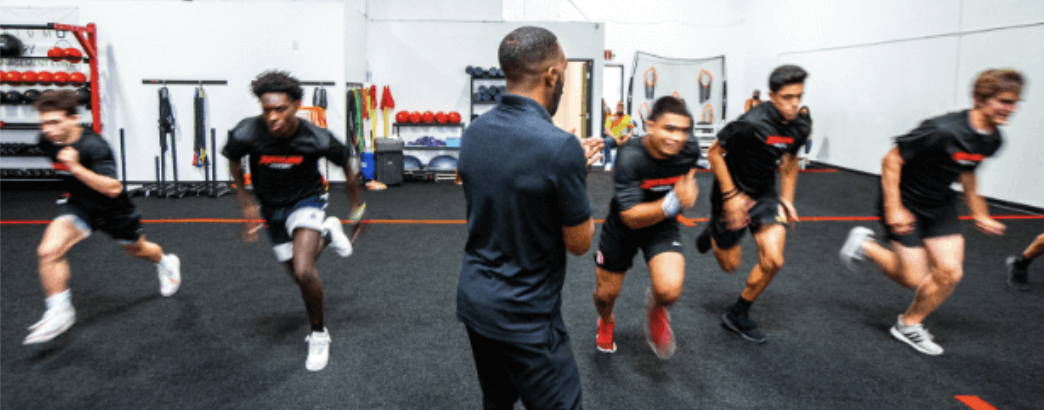
Introduction
In today's fast-paced world, mental health has become a crucial aspect of overall well-being. Amidst this growing awareness, Kerry Biskelonis, Founder and Clinical Director of Reset Brain and Body, is pioneering a transformative approach to mental health care.
With an emphasis on the integrative mind-body connection, Kerry's work is redefining how individuals perceive and manage their mental wellness. In this article, we delve into her innovative methods, exploring the unique blend of therapies and insights that make Reset Brain and Body a beacon of hope for many.
The Journey to Integrative Therapy
Kerry Biskelonis' path to revolutionizing mental health care began during her graduate studies in Chicago. Balancing a full-time job in human resources with her academic pursuits, Kerry discovered the profound impact of yoga on her stress levels.
This experience sparked a realization: the mind and body are deeply interconnected, and addressing mental health requires a holistic approach. Encouraged by her professors, Kerry dedicated her graduate career to exploring this integration, laying the foundation for what would become Reset Brain and Body.
The Reset Pillars of Foundational Wellness
At the heart of Reset Brain and Body's approach are the five pillars of foundational wellness: rest, breath, movement, nourishment, and connection. These pillars serve as a comprehensive framework for assessing and improving clients' overall well-being.
"If we aren't talking about sleep hygiene, diet, or social connections, we're missing the mark," Kerry explains. By focusing on these fundamental aspects, her team addresses the root causes of mental health issues rather than merely managing symptoms.

Understanding Somatic Therapy
A key component of Reset Brain and Body's methodology is somatic therapy, which emphasizes the physical manifestations of emotions. "Somatic therapy involves listening to the body," Kerry notes.
By observing clients' physical responses, such as changes in posture or voice cadence, therapists gain valuable insights into their emotional states. This approach allows for a deeper understanding of how the body holds tension and trauma, leading to more effective healing processes.
Diverse Modalities for Comprehensive Care
Reset Brain and Body employs a range of therapeutic modalities to cater to diverse client needs. Mindfulness-based cognitive behavioral therapy (CBT) combines traditional CBT with mindfulness principles, encouraging clients to observe their thoughts and feelings without judgment.
Creative expression therapy, on the other hand, offers clients a non-verbal outlet for emotions, whether through music, art, or movement. These varied approaches ensure that therapy is tailored to each individual's unique experiences and preferences.
Trauma-Informed Practices and Deep Healing
Trauma-informed care is a cornerstone of Reset Brain and Body's philosophy. Recognizing that many mental health issues stem from early life experiences, Kerry's team employs techniques like EMDR and brainspotting to facilitate healing.
Additionally, their proprietary SUMMT, Subconscious Memory Meditation Therapy allows clients to revisit and reframe distressing memories in a safe, supportive environment. This deep healing process goes beyond symptom management, addressing the underlying causes of trauma and fostering long-lasting change.
Extending Mental Health Support Beyond Individual Sessions
Kerry's commitment to mental health extends beyond individual therapy sessions. Reset Brain and Body offers workshops and workplace wellness programs that introduce mindfulness and self-awareness to broader audiences.
These initiatives empower participants to understand their reactions and behaviors, paving the way for healthier, more fulfilling lives. "It's about getting out of autopilot mode and exploring new ways of being," Kerry emphasizes.

Conclusion
Kerry Biskelonis and her team at Reset Brain and Body are at the forefront of a mental health revolution. By integrating mind and body, embracing diverse therapeutic modalities, and addressing the root causes of trauma, they offer clients a holistic path to healing and self-discovery. As Kerry aptly puts it, the journey to mental wellness is about "peeling back the layers" and reconnecting with one's true self.
For those seeking a transformative approach to mental health, Reset Brain and Body provides a guiding light. To learn more about their innovative methods and take the first step towards a reset, visit their website at Reset Brain and Body at https://www.resetbrainandbody.com/.
 Add Row
Add Row  Add
Add 




Write A Comment